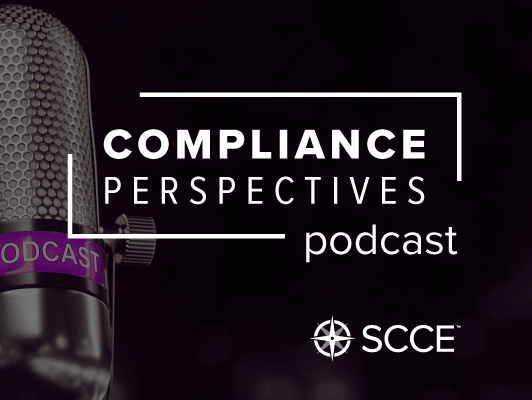Podcast: Play in new window | Download (Duration: 11:46 — 10.8MB)
Subscribe: Apple Podcasts | Email | TuneIn | RSS
A Systems Improvement Agreement (SIA) comes at a time of crisis for a healthcare organization, one in which it may even risk being terminated by CMS. As Suzanne Gellner (LinkedIn), Principal, The Gellner Group explains, an SIA involves a lot of work that must be done quickly, typically within just 12 months.
For organizations undergoing an SIA she recommends creating an oversight committee made up of C-Suite leaders and others with oversight of the service areas under the SIA. This will help make sure that these same service areas are accountable.
The committee would ideally have each group meet with them monthly and provide status updates.
Leadership support is critical, but so too is the support of middle managers. They are going to be the major change against, she explains, who understand what is happening on the front lines, and what leadership wants to see happen. They are also the individuals who will be coaching the staff into how to meet the goals of the SIA.
To help the managers, take the time to learn what their likely pain points are, what their day-to-day work life looks like and what challenges they perceive. With that knowledge you can better demonstrate how the SIA initiatives will help them in their work. Done right, it can turn them into ambassadors for the changes the SIA requires.
Suzanne also recommends taking a unit-by-unit approach rather than a system-wide approach to the SIA. Each service area is going to be different. The challenges and people will vary. As a result, it’s essential to understand where they are and how the program will benefit them the best.
In addition, once there is success in one unit, the others will likely notice, recognize the benefits and be more eager to implement the SIA.
Listen in to learn more about how to successfully navigate an SIA in your organization.


